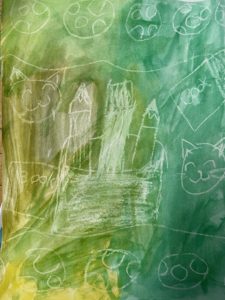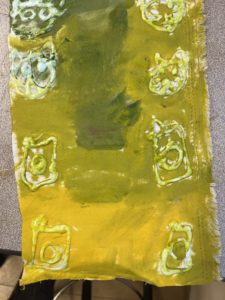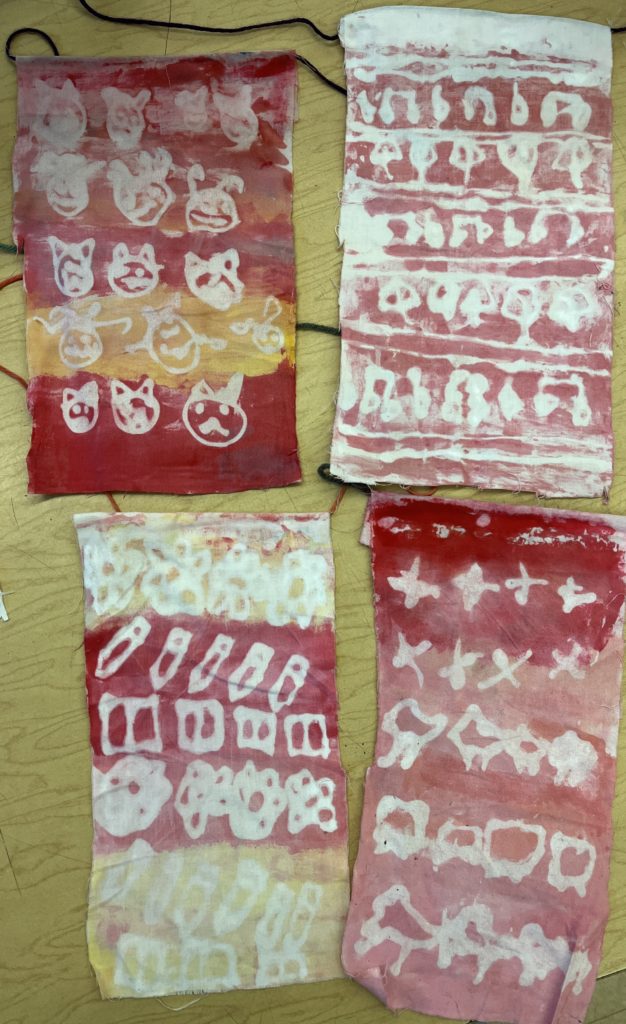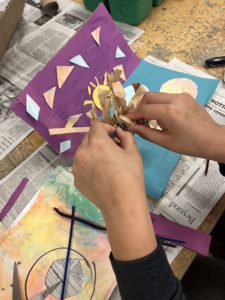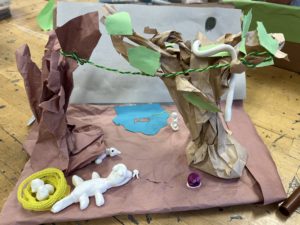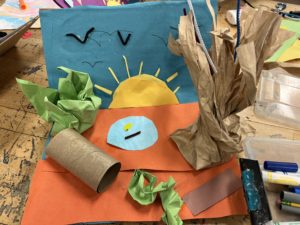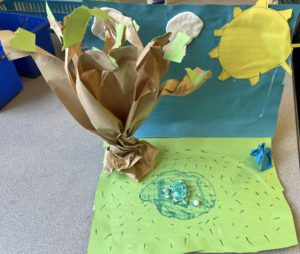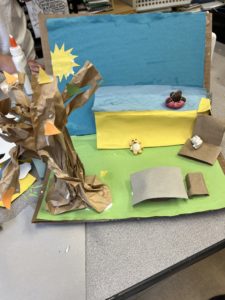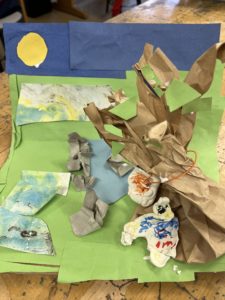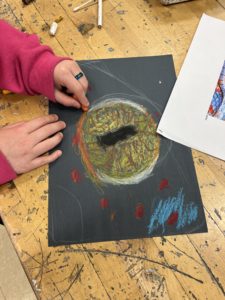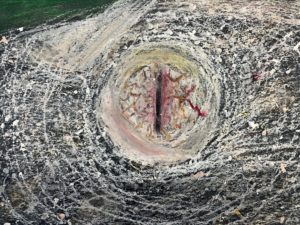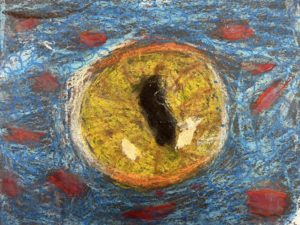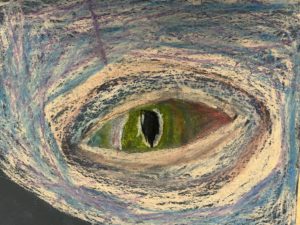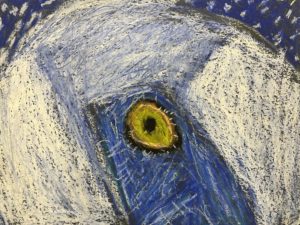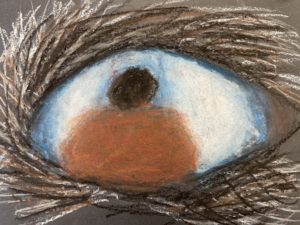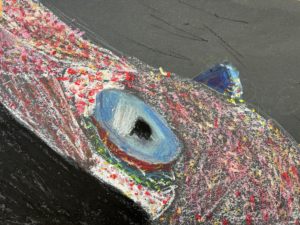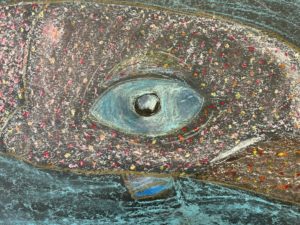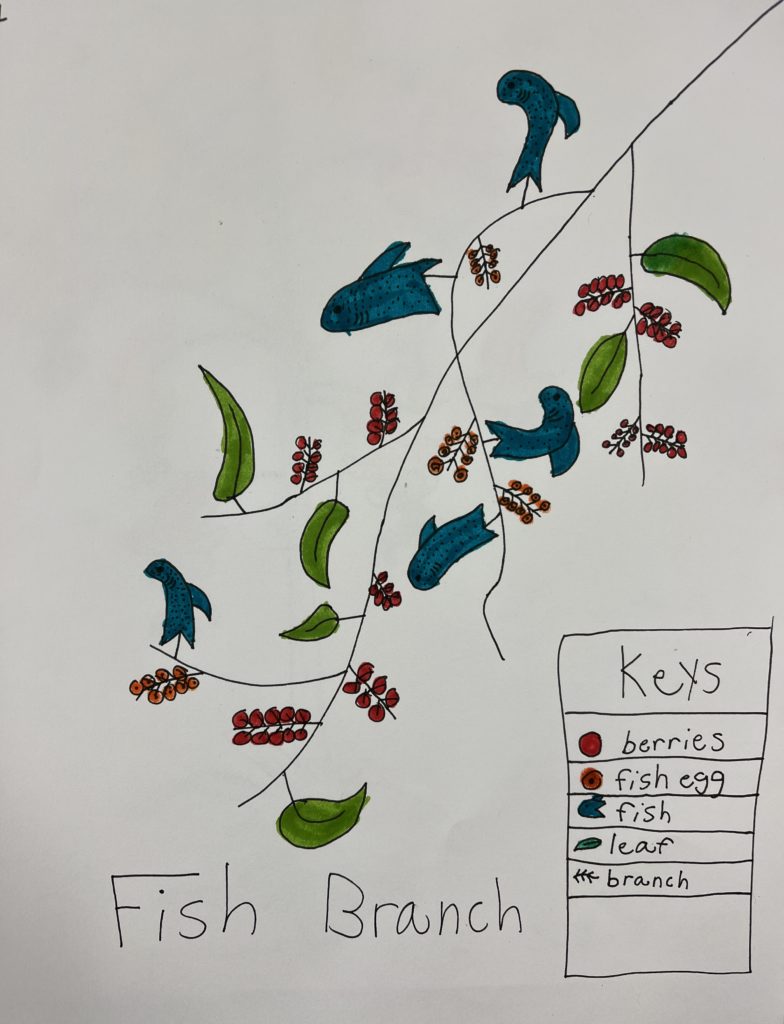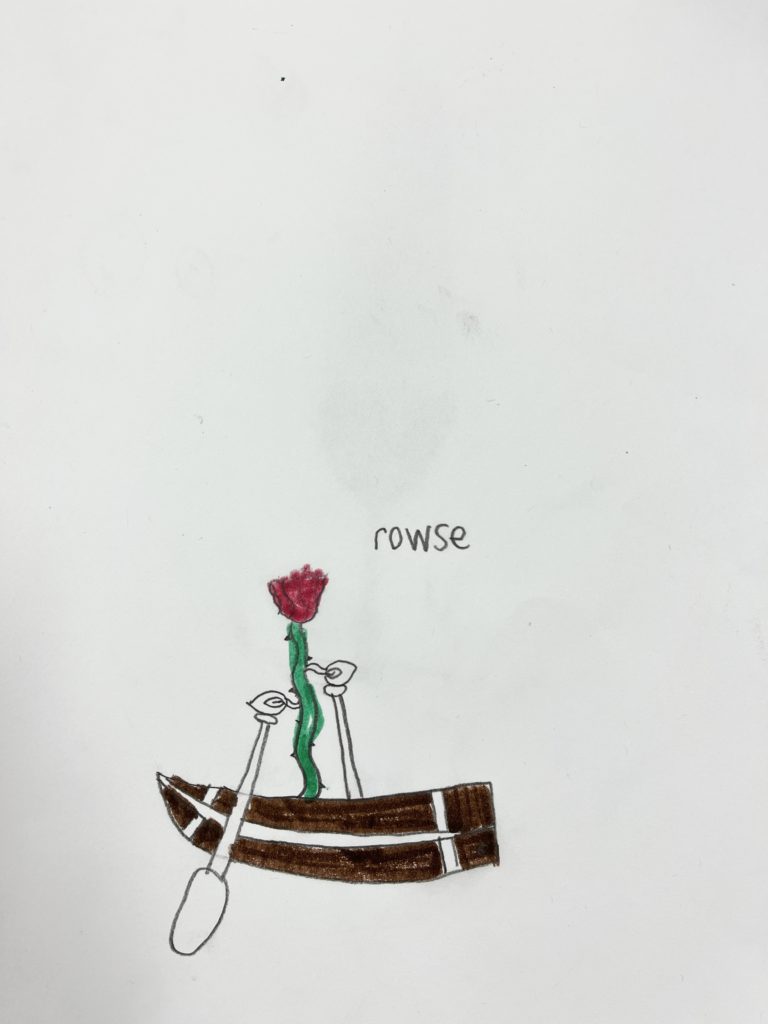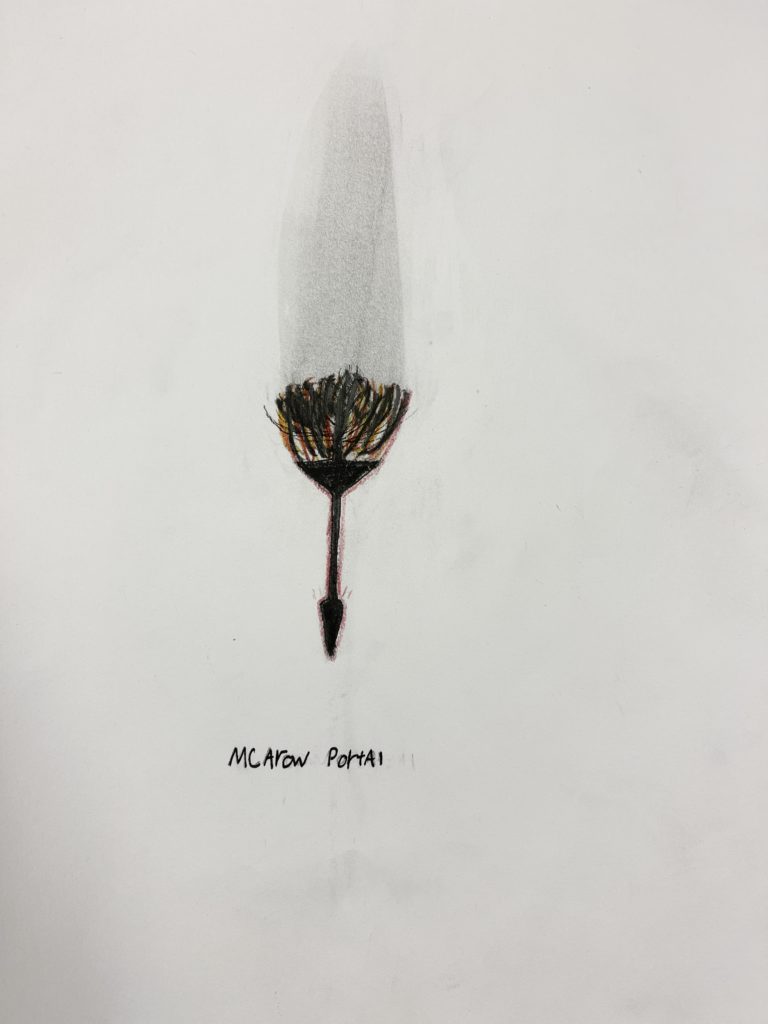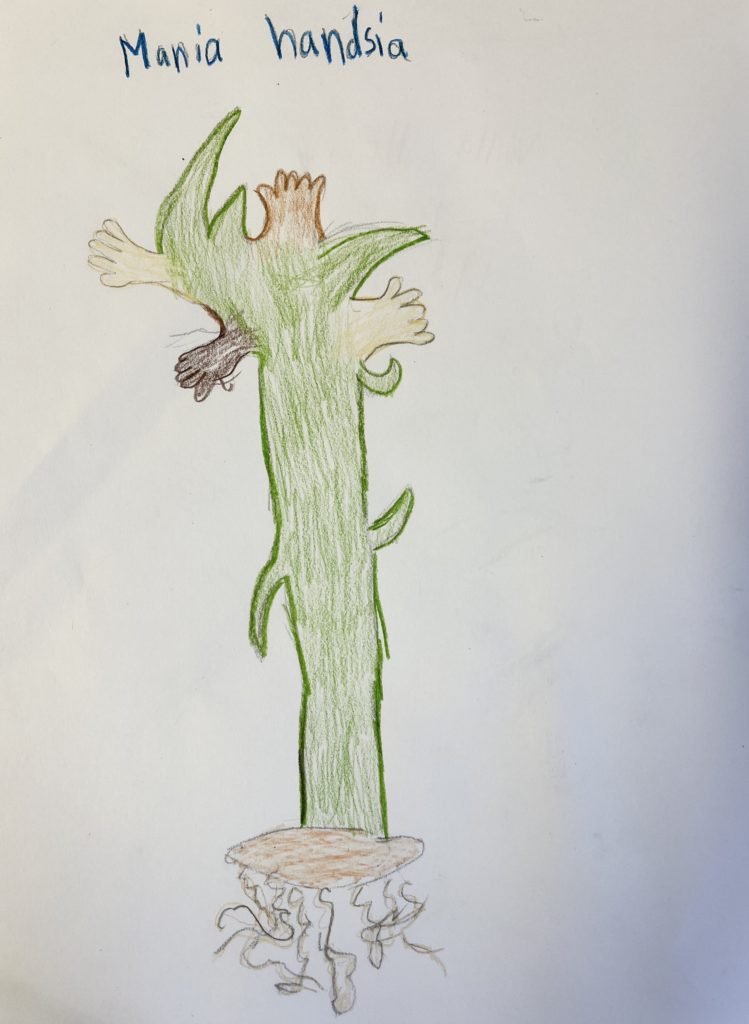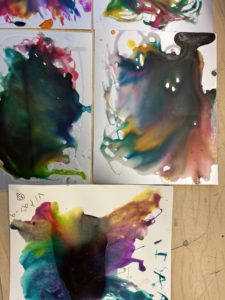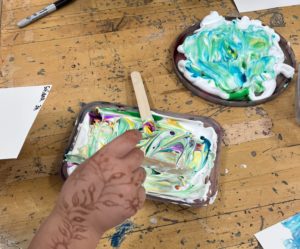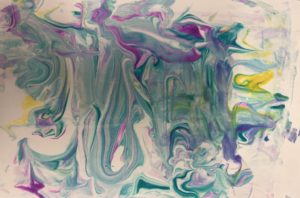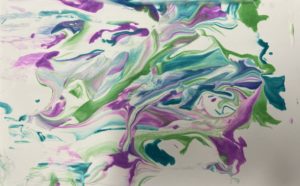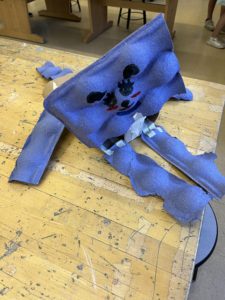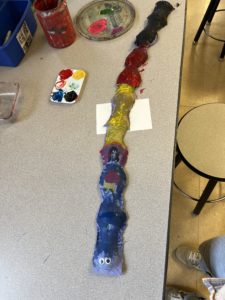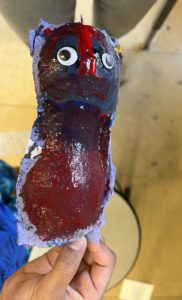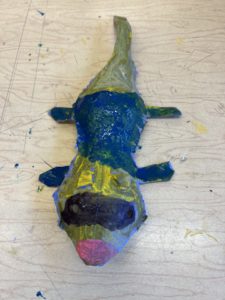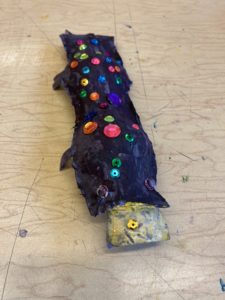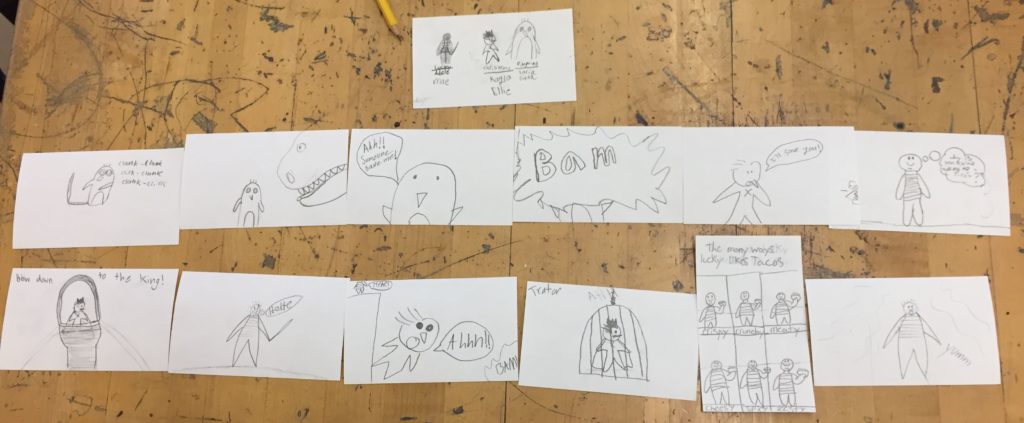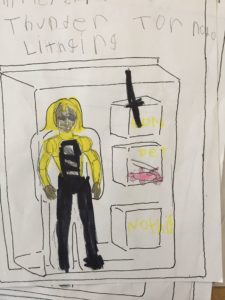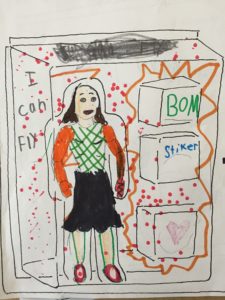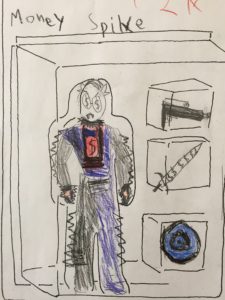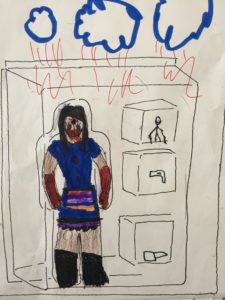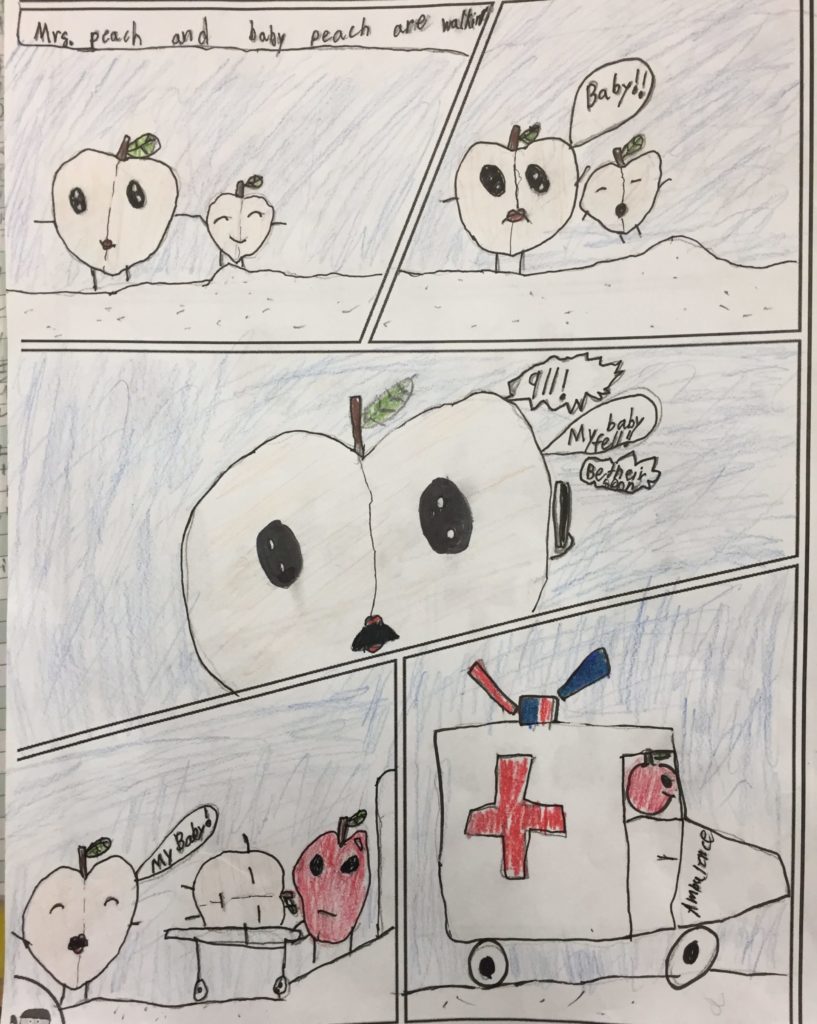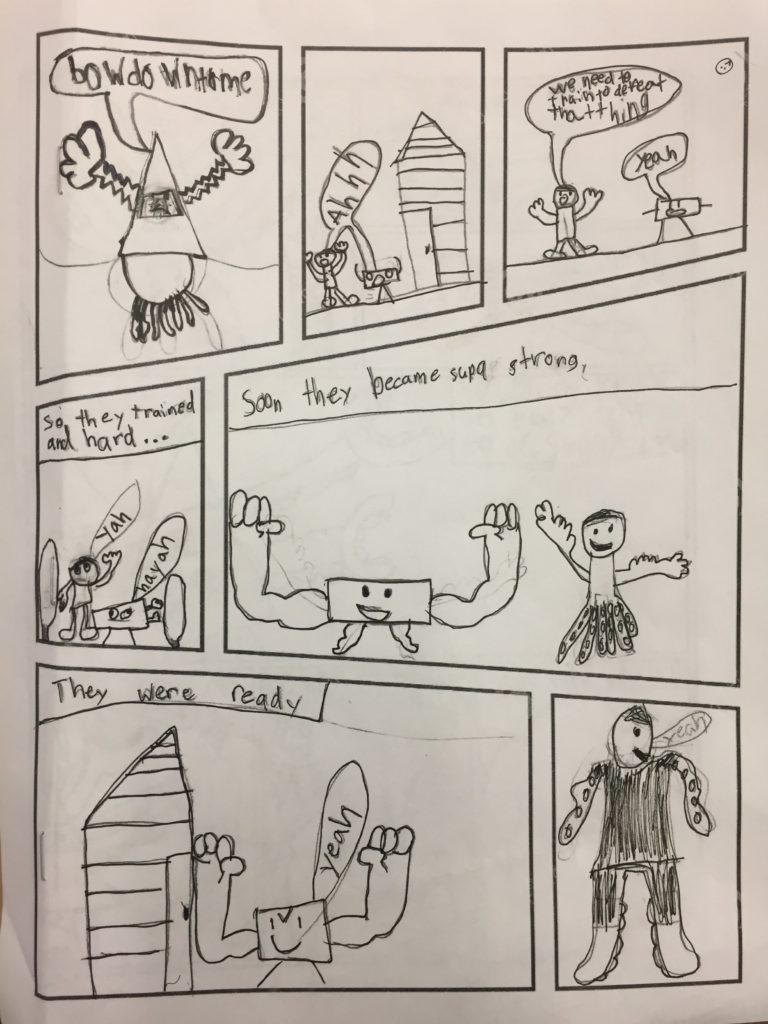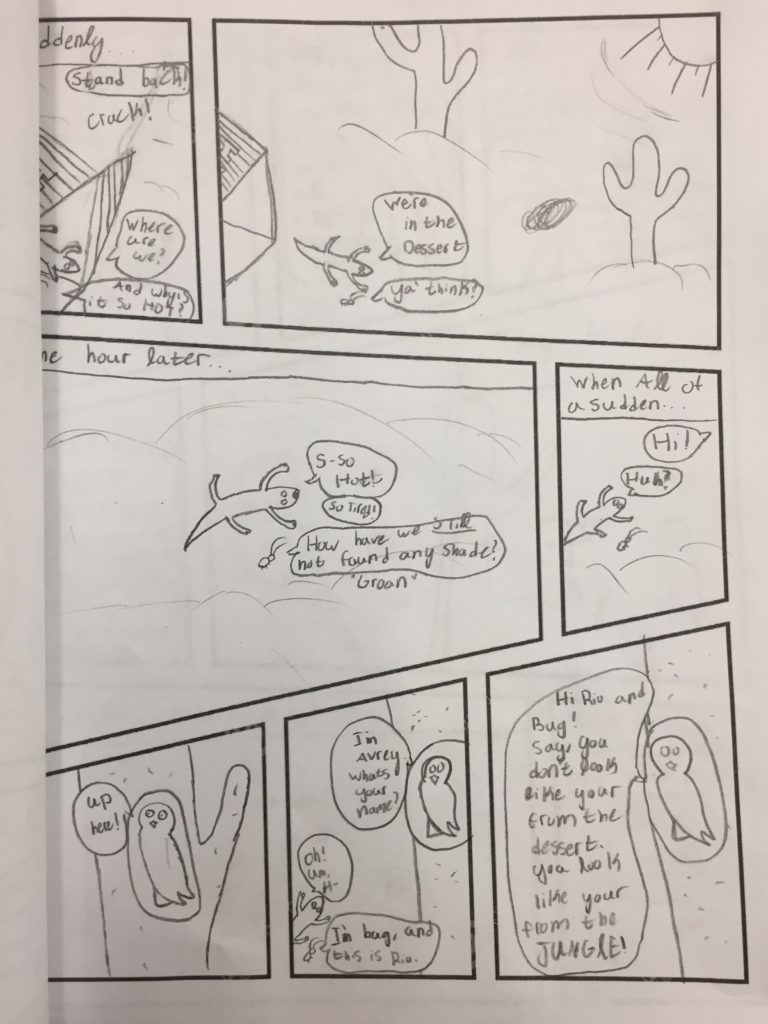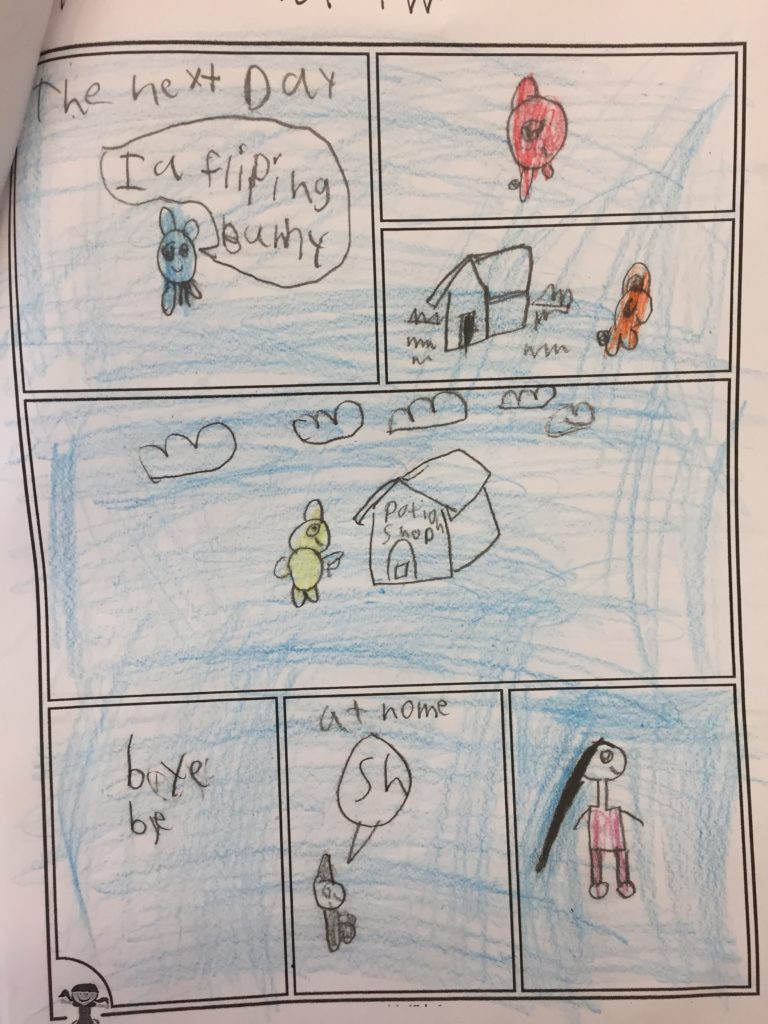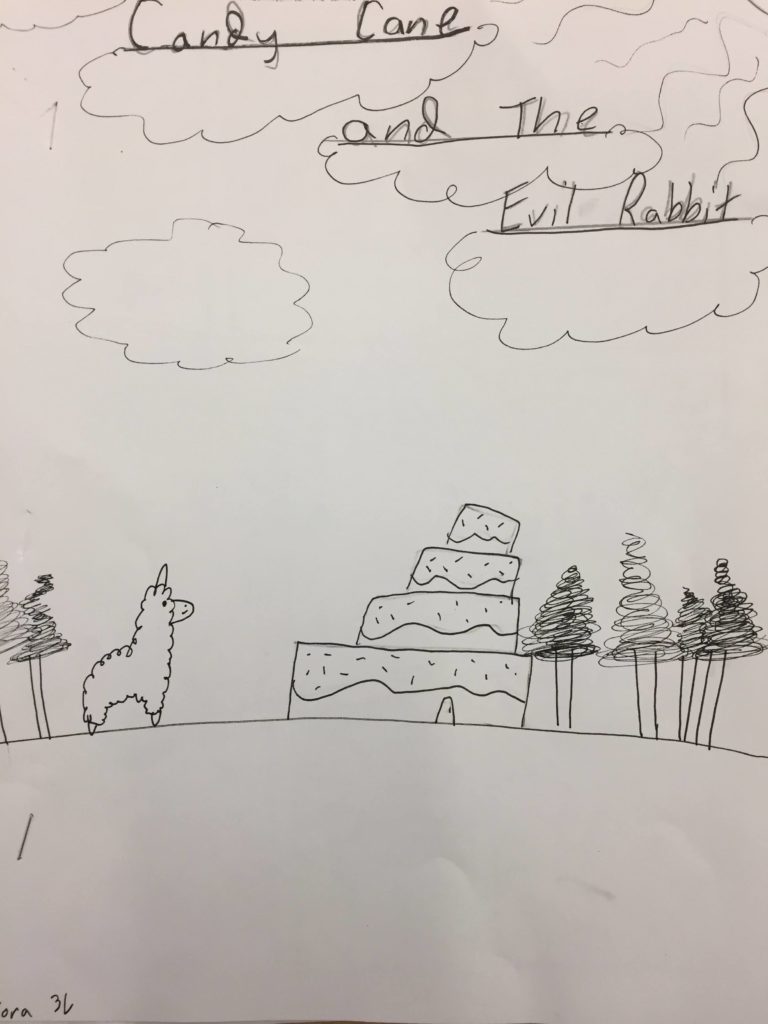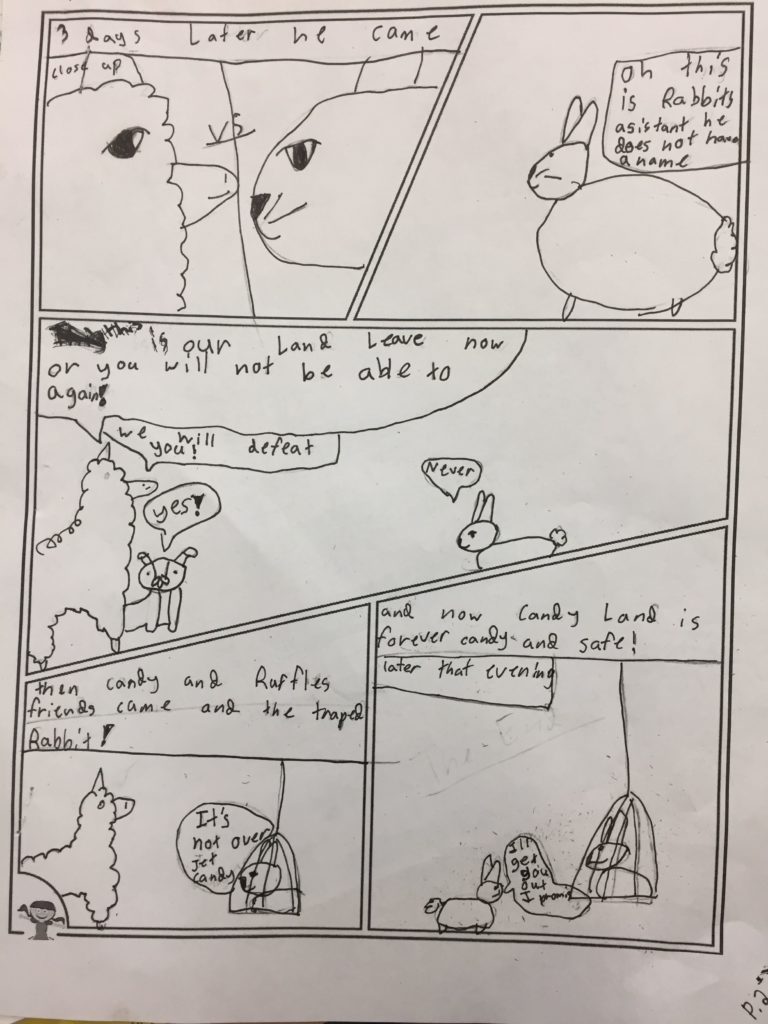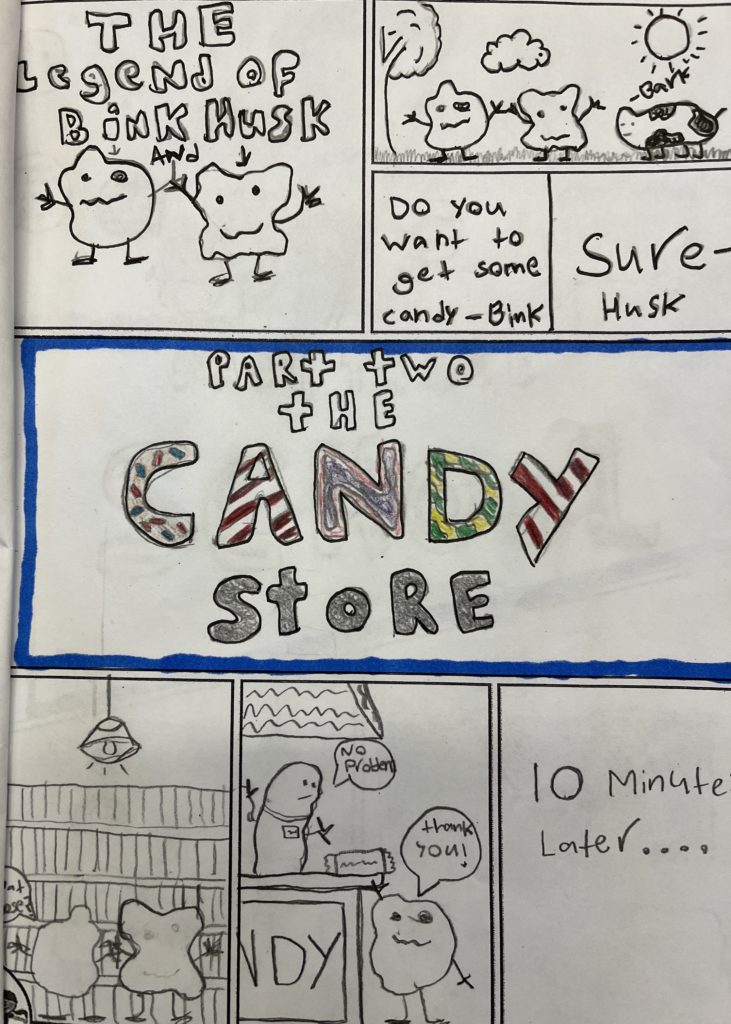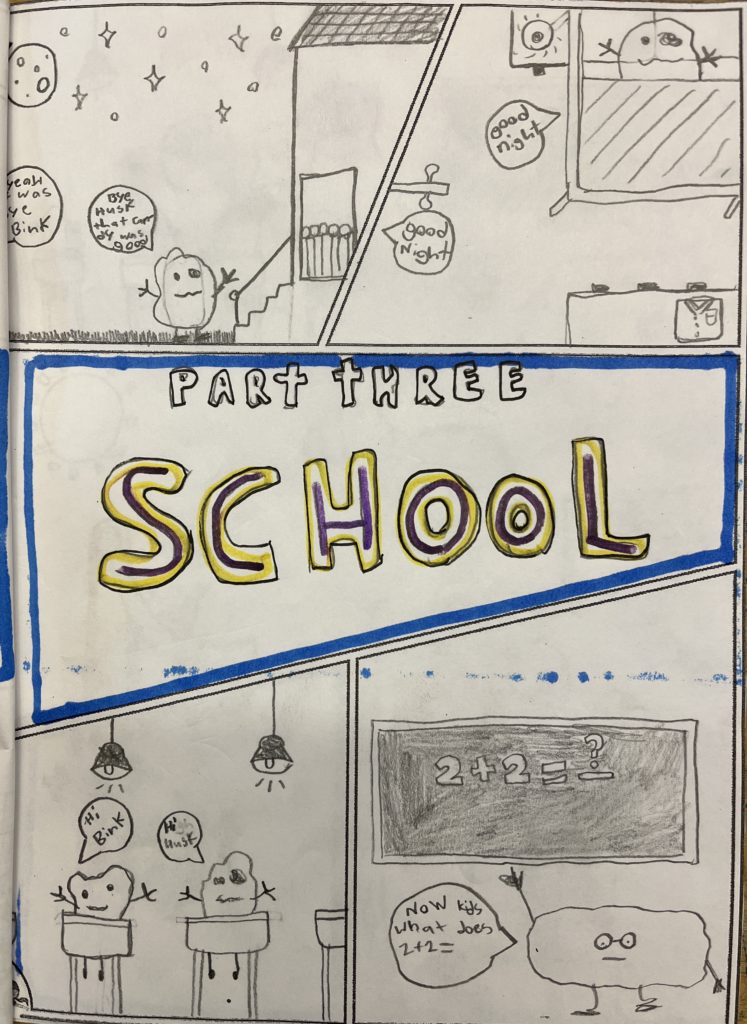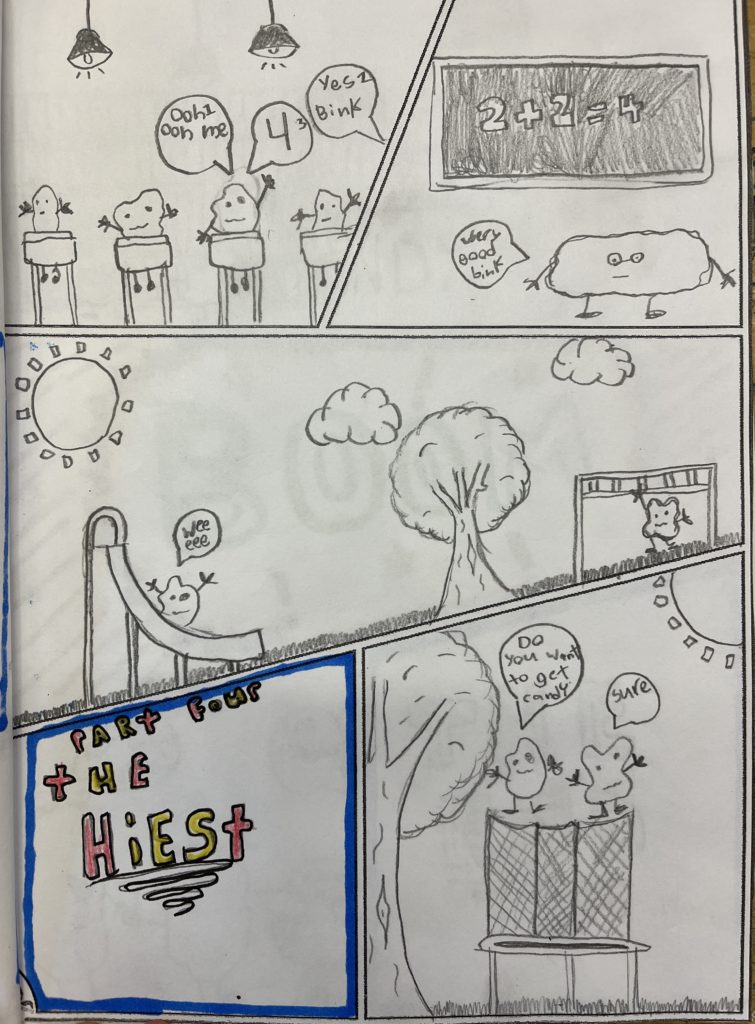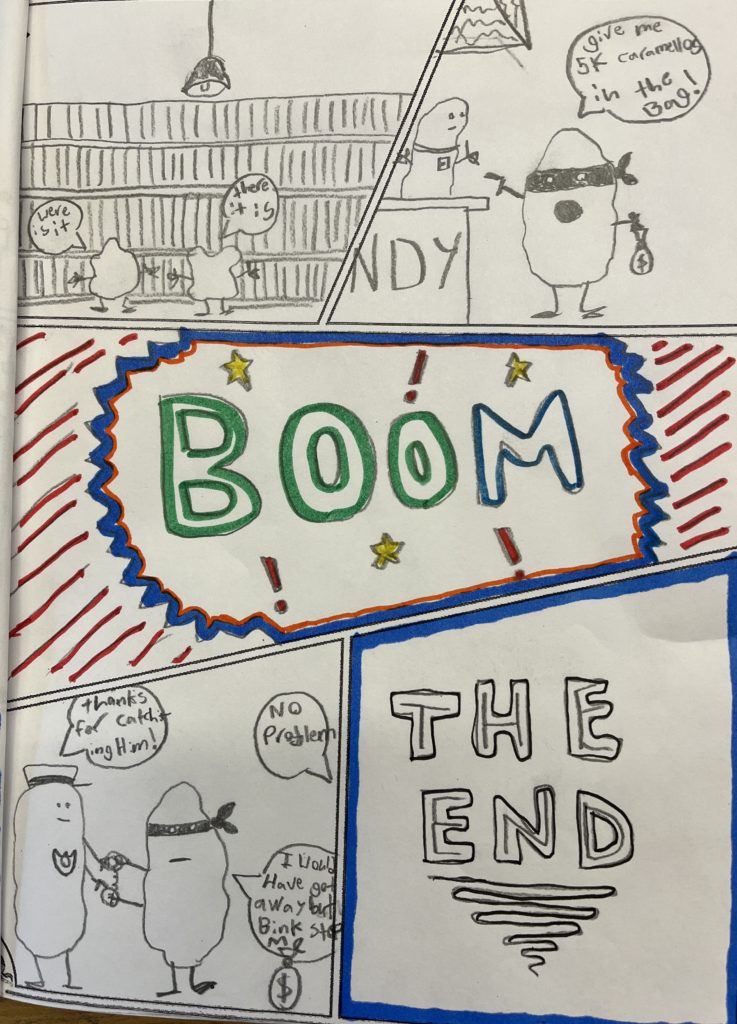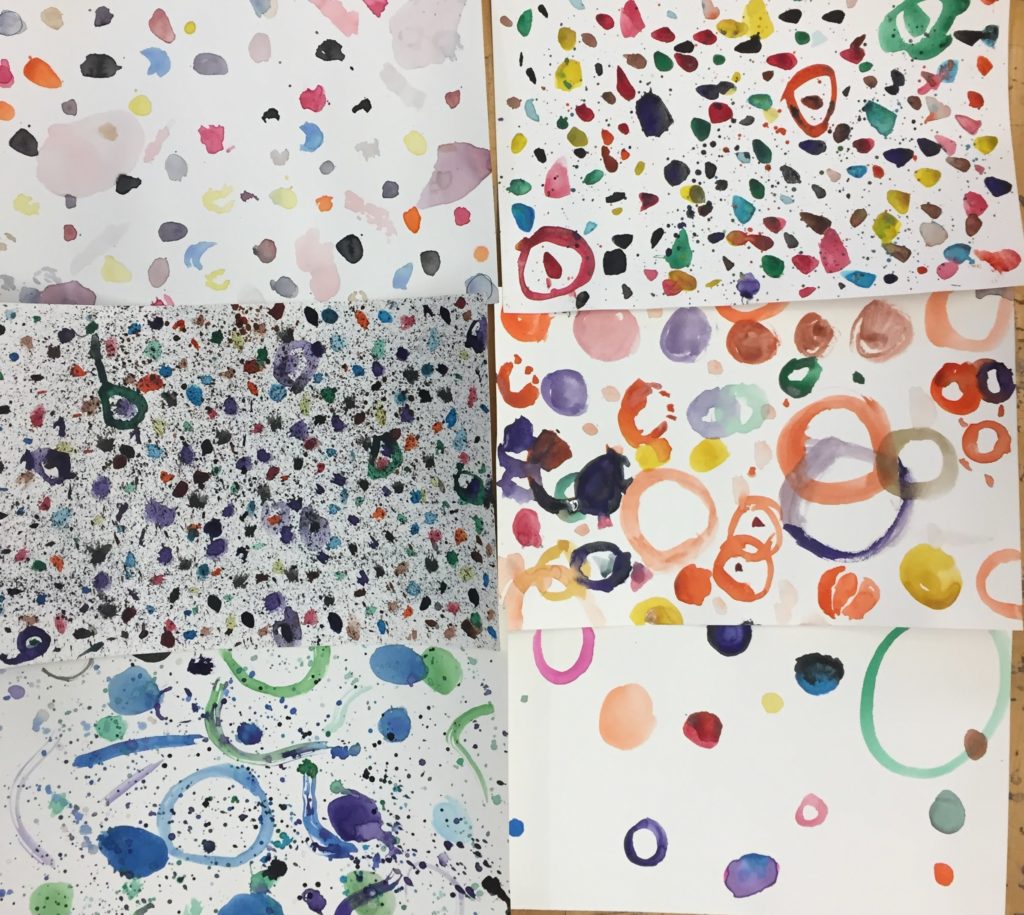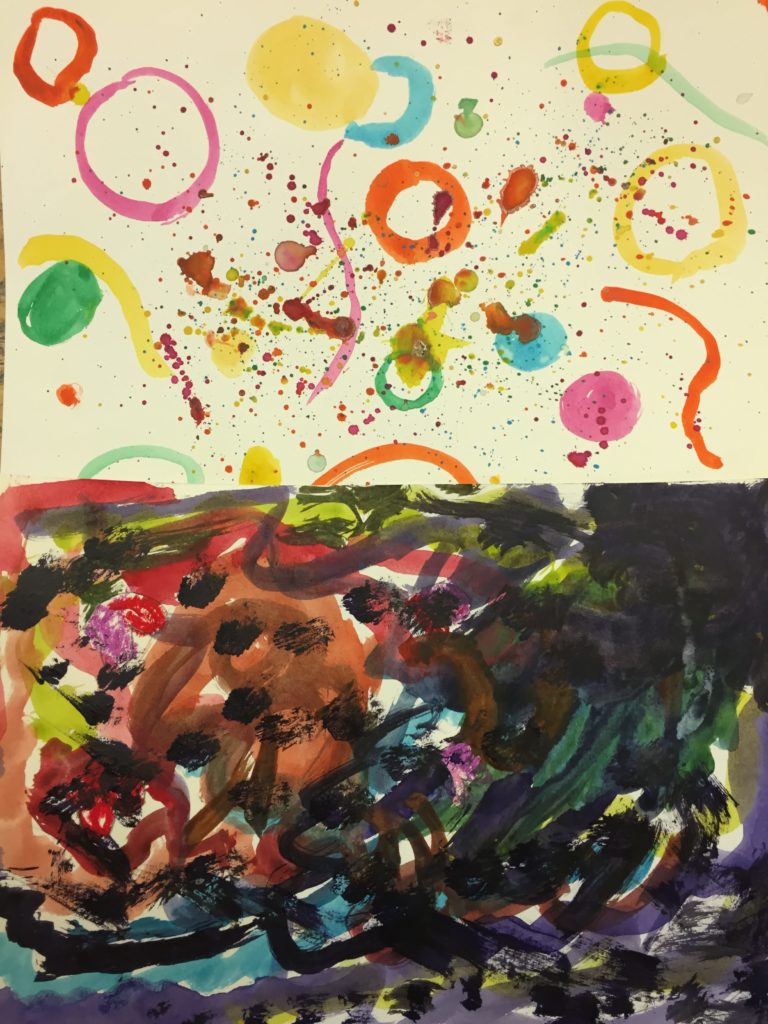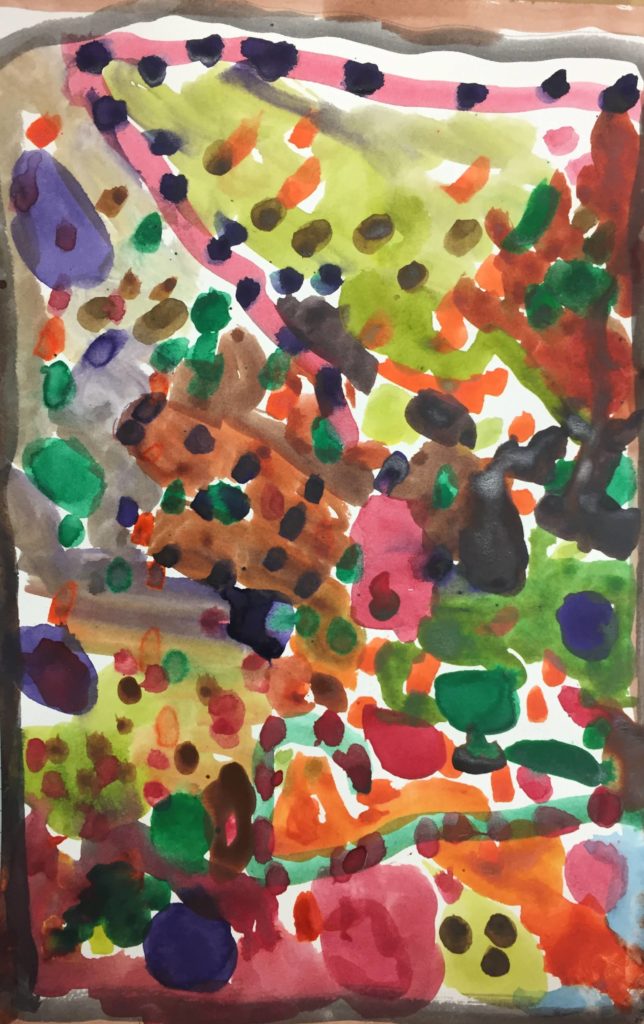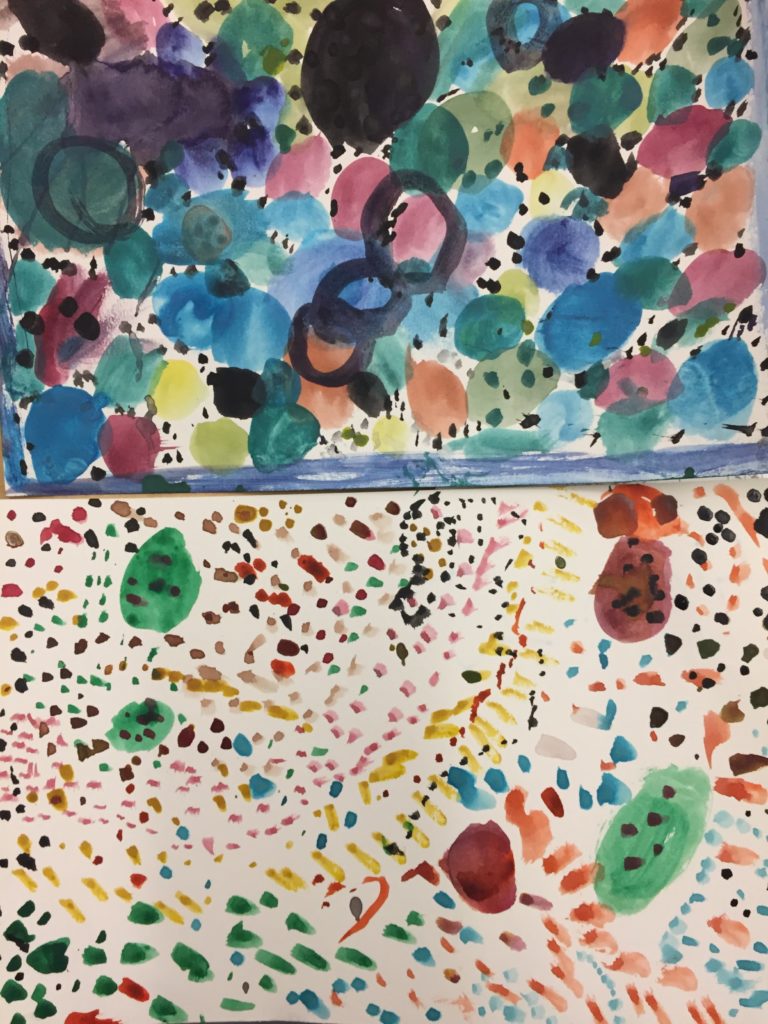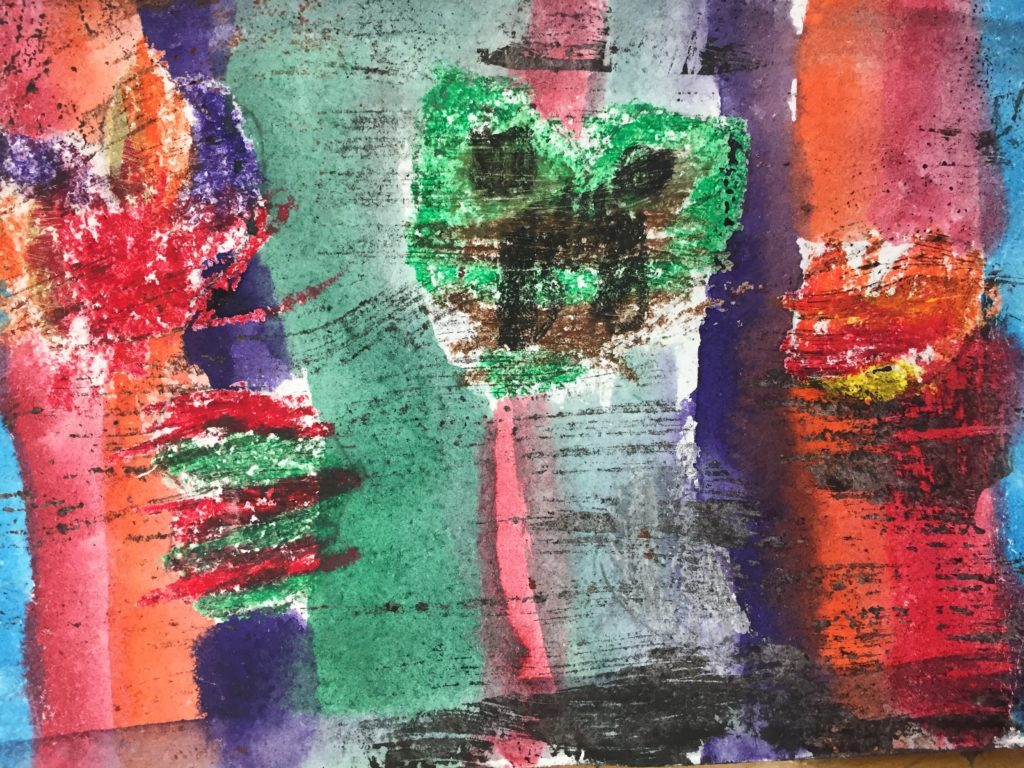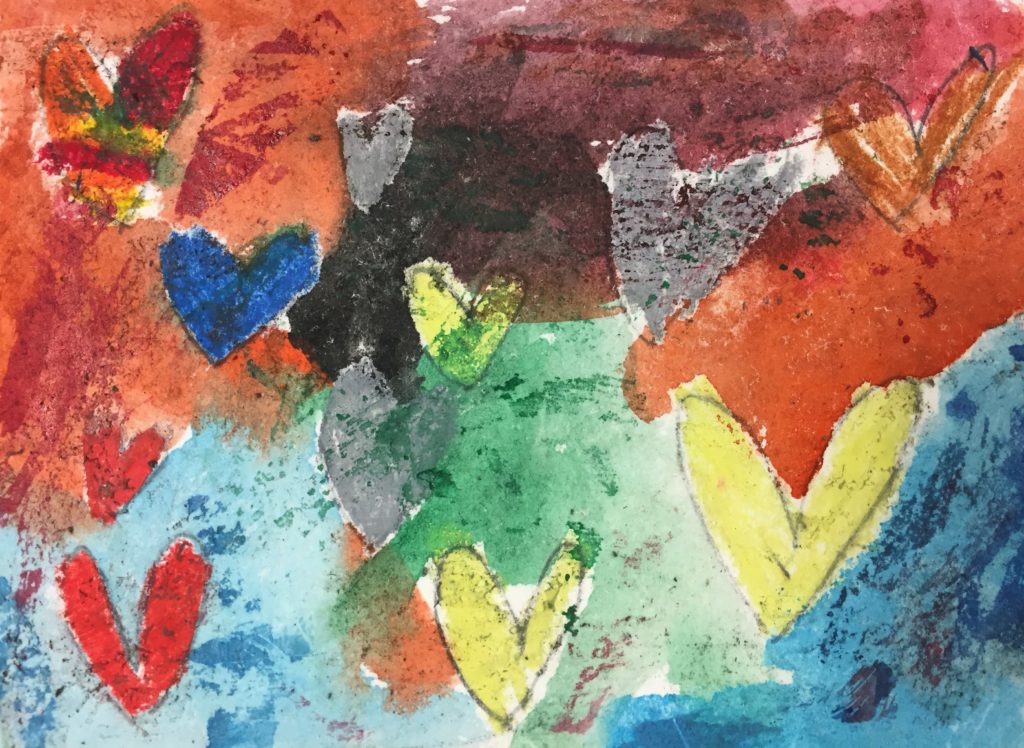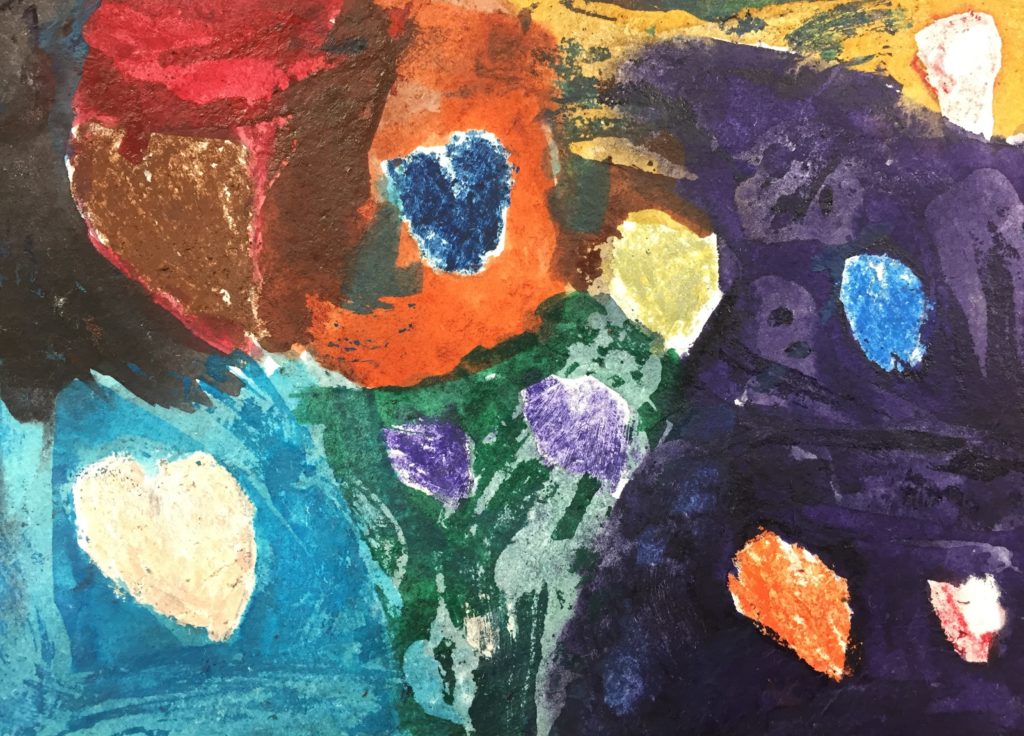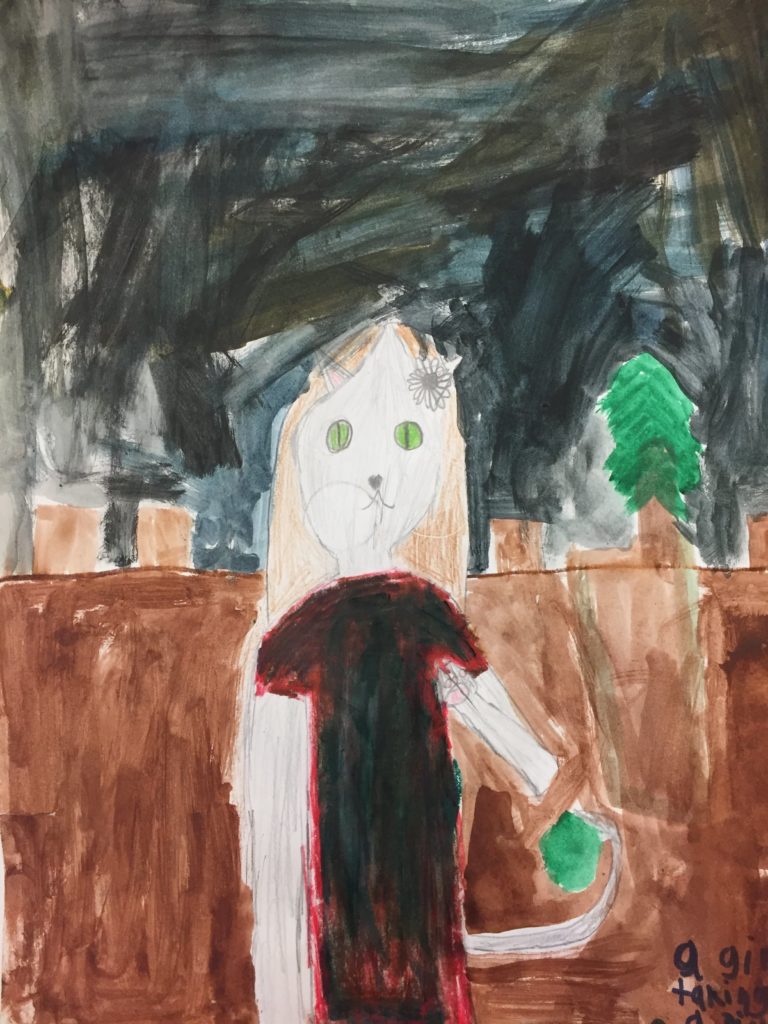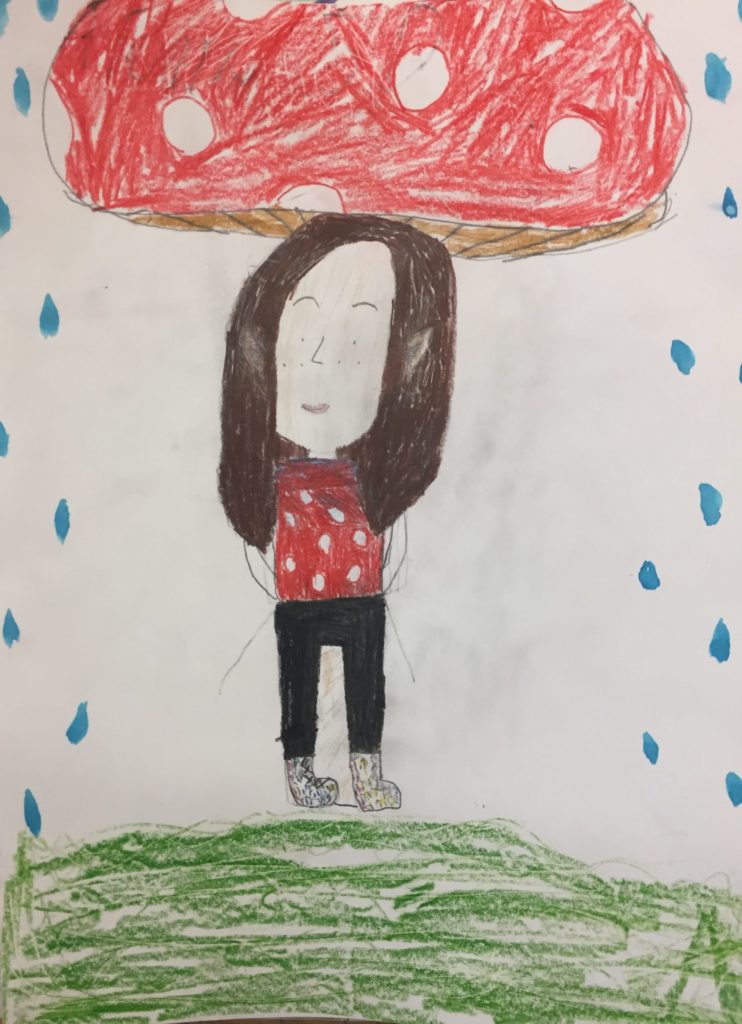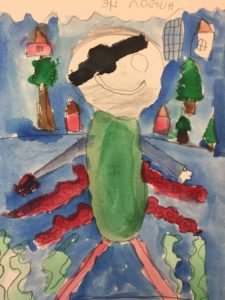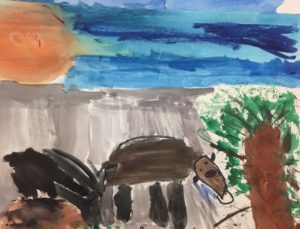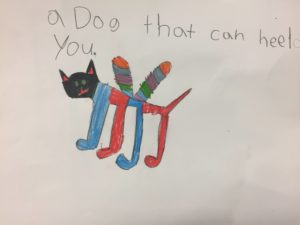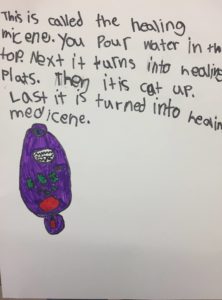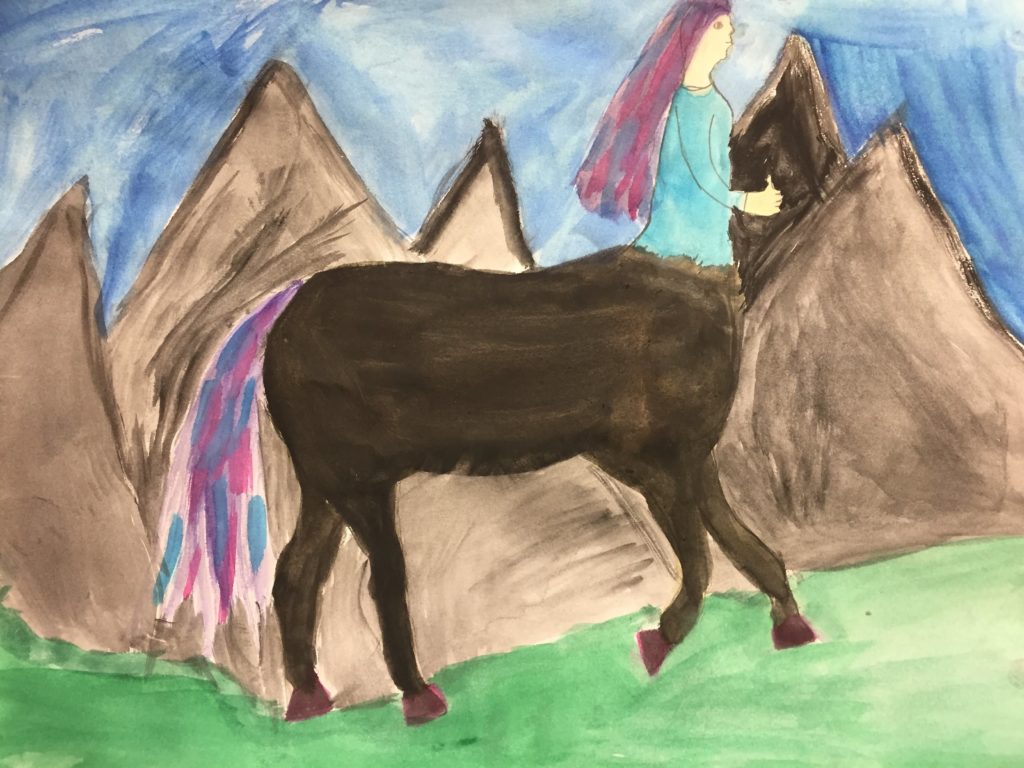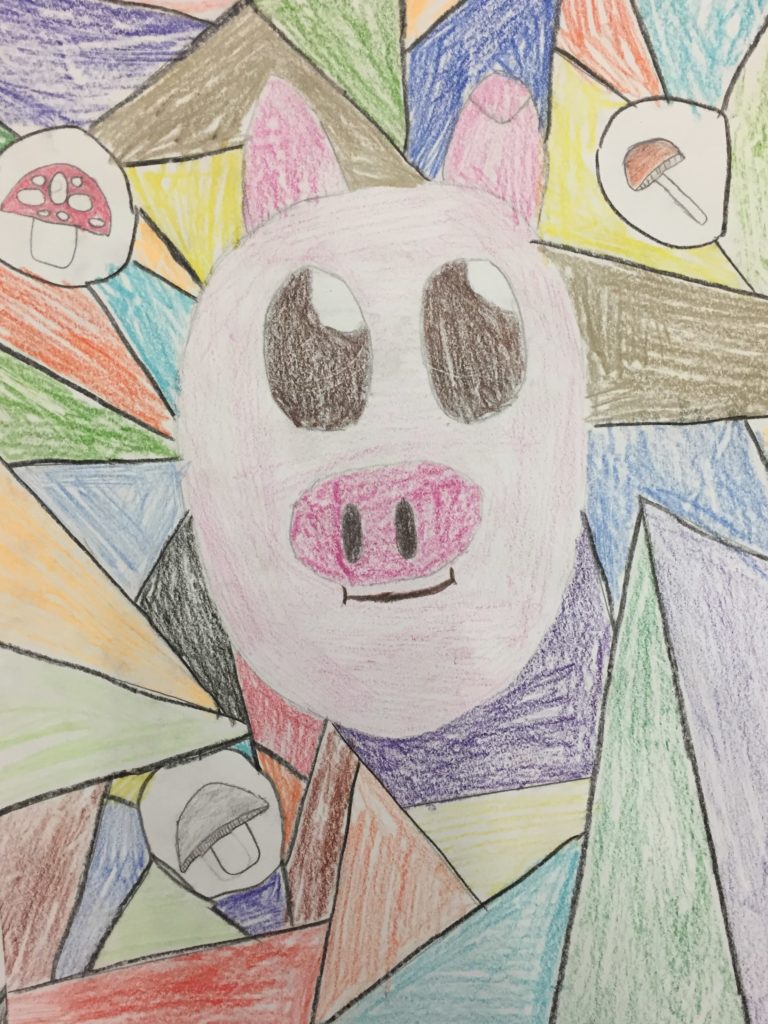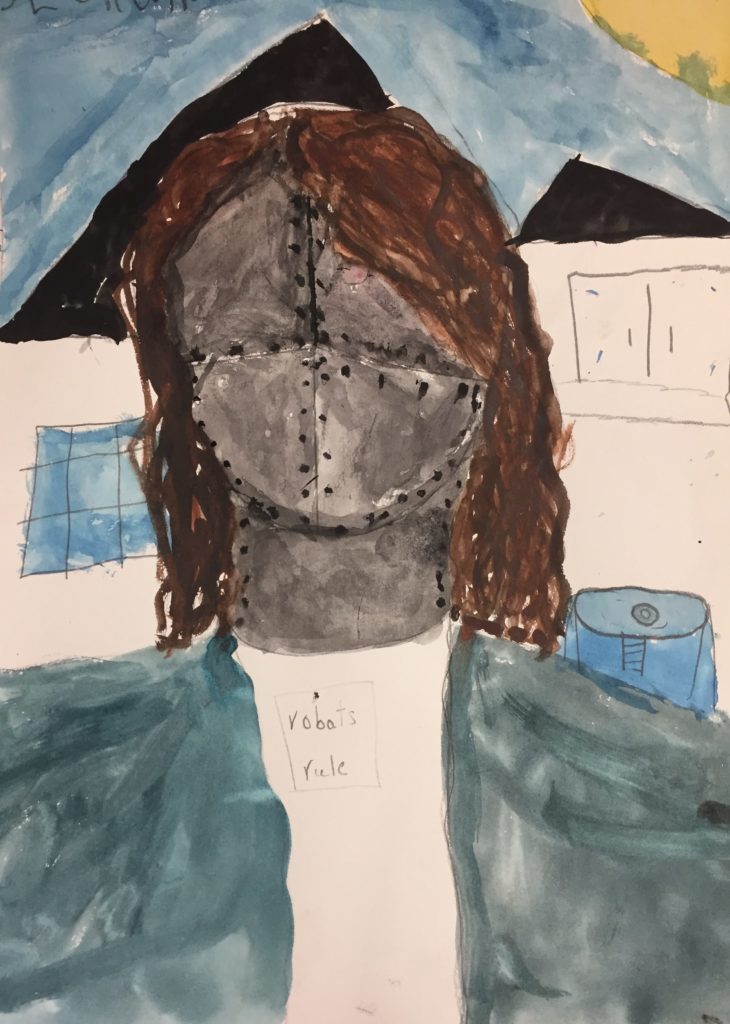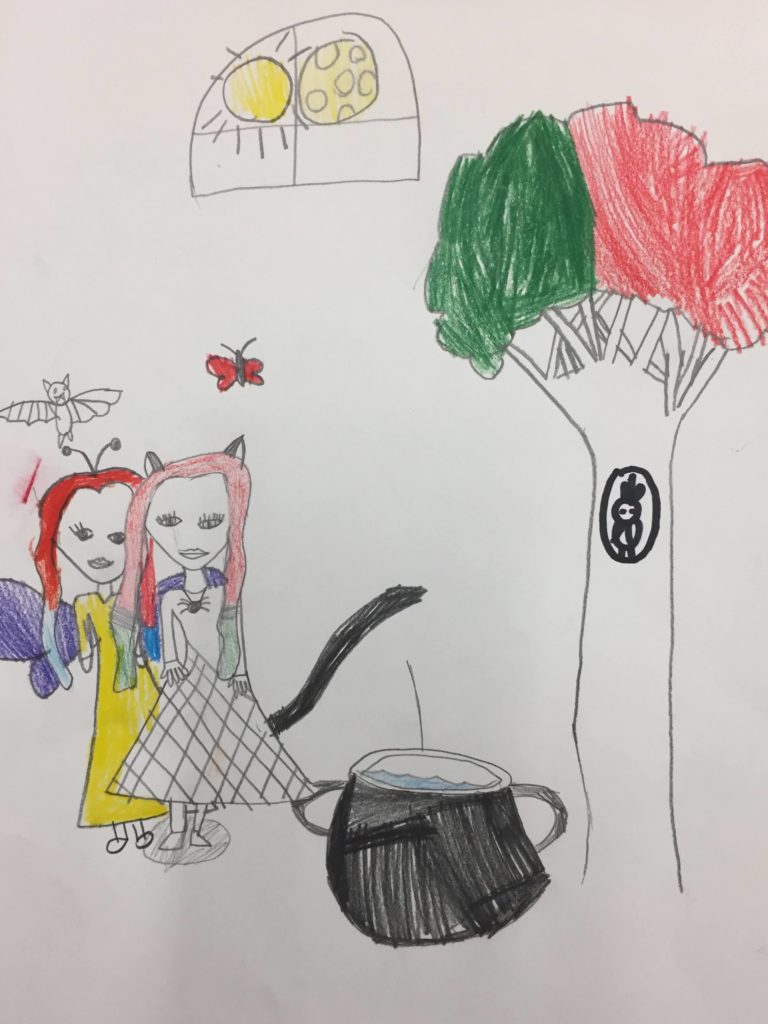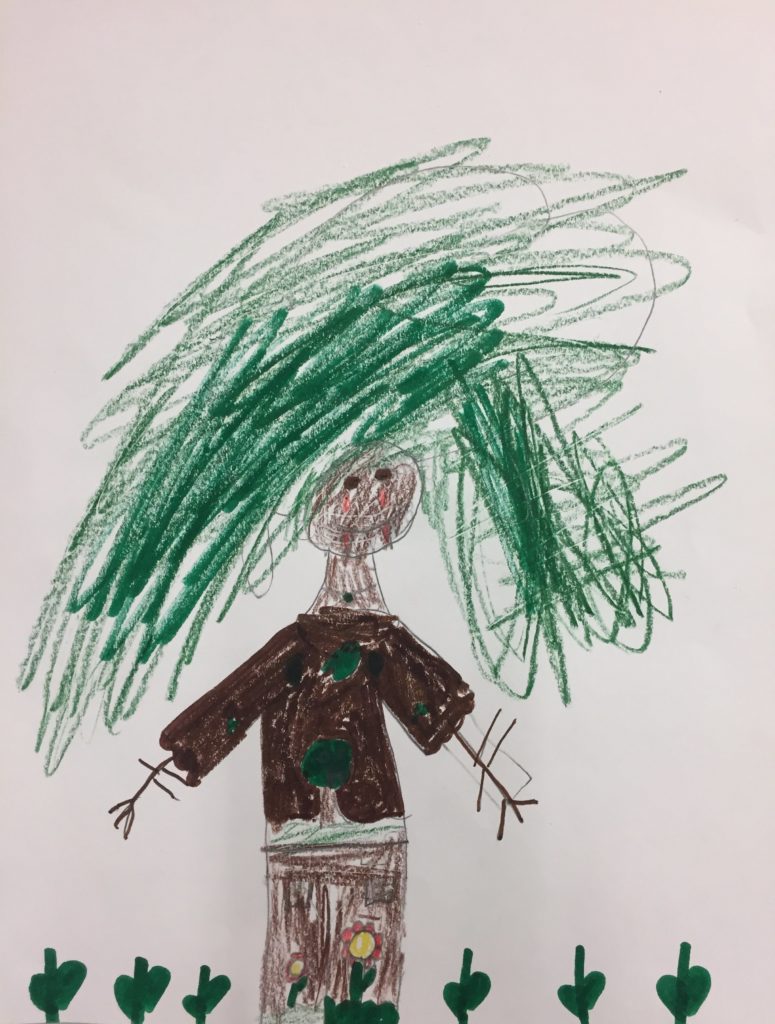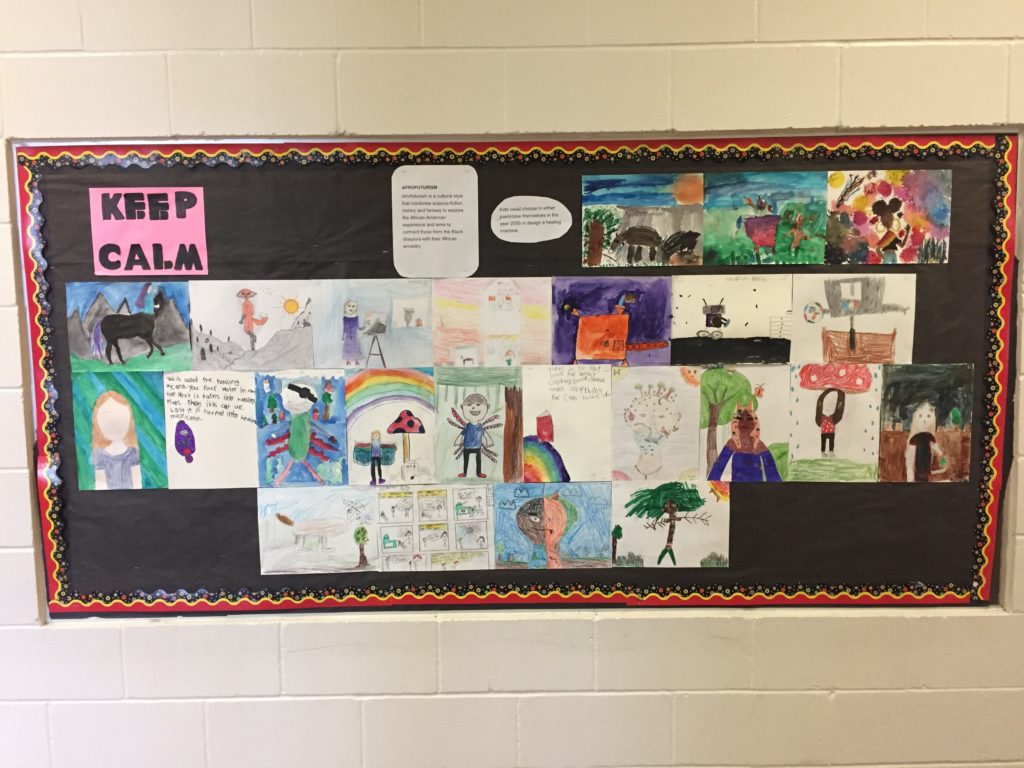a matrix of Visual Art and Writing
This spring I did some ELA Arts Integration projects with 12th graders using various texts. The texts and writing were the main focus with art enhancing their learning. Our theme throughout the semester was incorporating visual art and ELA. These are all based on NY State Next Gen. Standards.
To start, the teens made a group warm up of an ekphrastic or exquisite corpse poem and passed it around. They had to alternate writing a poetic sentence and then passing it on when the next person would draw based on that.
 Loading...
Loading...
Identity poems
We mapped our identities and then read Jonathan Rodriguez’ poem “Two Names, Two Worlds.” After that, we looked at different ways that people can combine poems and visual art and focused specifically on appropriation as inspiration. Some kids chose to write blackout poems about themselves from established poets while others simply added an image to the side.
 Loading...
Loading...
 Loading...
Loading...
Poems inspired by artists deconstructing power
To start this unit, I had the kids research an artist, deconstruct the idea of power within the image, describe what they see, decode its meaning and then write a poem using the structured examples I gave them. The poem had to relate to the theme of power in some way.
No Url Found Loading...
Loading...
 Loading...
Loading...
Redesigned book covers
I gave the 12th graders choices in how to respond to the novels that they chose in their book groups. One choice was to redesign the book cover based on what they discovered in the readings. This also links to career choices in art and publishing. They also wrote a reflection on their creative choices, incorporating the idea of the book as a mirror, window or both.
 Loading...
Loading...
 Loading...
Loading...
 Loading...
Loading...
Collages based on “sonny’s Blues” by james Baldwin
Students could, as one of their choices, create a collage that somehow showed the differences between the character, Sonny and the narrator in “Sonny’s Blues.” They could do this digitally or on paper.
 Loading...
Loading...
Short stories based on images in the n.y. times – 10th Grade
In 10th grade, I had them choose an image from the N.Y. Times “What’s Happening in This Picture?” and write a 5 paragraph short story with a cohesive beginning, middle and end. There are two different stories posted here.
